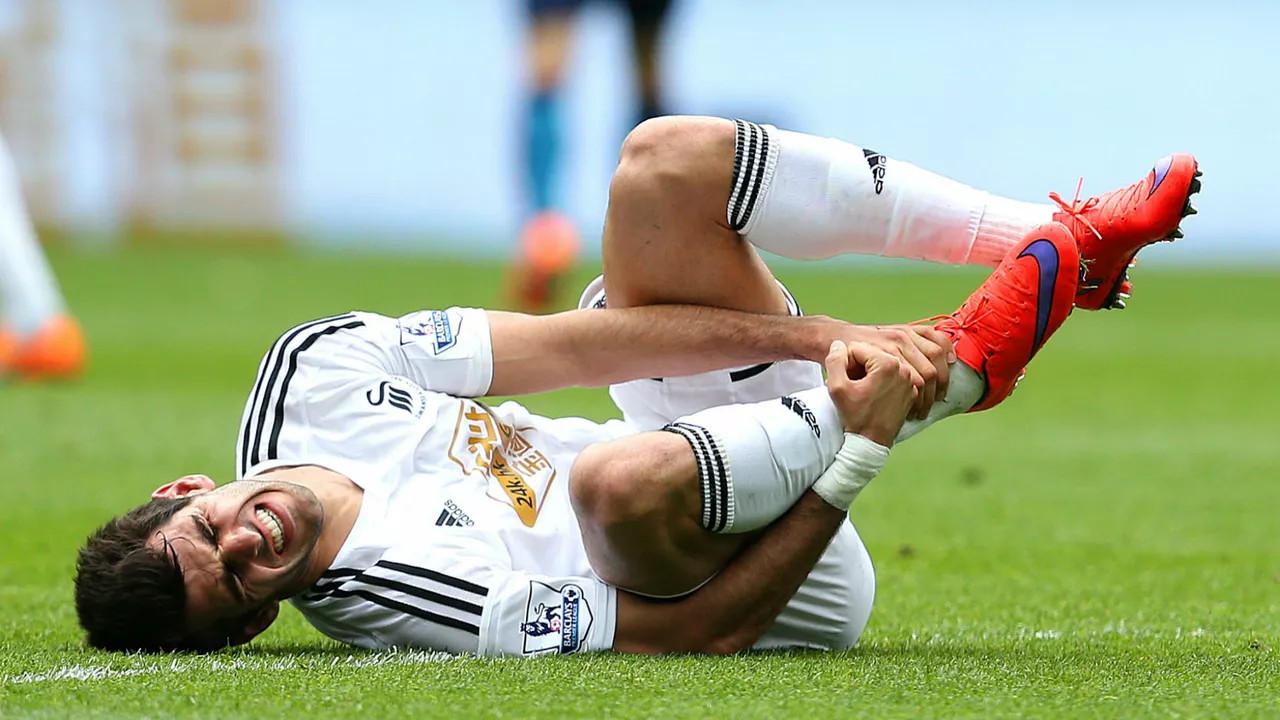Dangerous Position in Football: What It Means and How to Handle It
Ever felt a shiver when the ball lands near your goal and you’re not sure how to react? That uneasy feeling is the dangerous position – a spot on the pitch where a mistake can quickly turn into a goal. Knowing where these spots are and what makes them risky is the first step to staying safe on the field.
Why Some Areas Are Riskier
In every match there are zones that demand extra attention. The most obvious one is the area right in front of the goalkeeper, often called the six‑yard box. A stray pass or a rushed clearance here can hand the opposition an easy finish. Another hot spot is the space just outside the penalty area. Defenders who step into this zone without proper support give attackers a clean shot at the goal and a chance to catch the keeper off guard.
Midfield can also become dangerous, especially when a team loses the shape of its passing lines. If the midfielders drift too far apart, a quick counter‑attack can slip through the gaps and leave the defense scrambling. The common thread is that a dangerous position is not just about distance to the goal; it’s about being exposed, unbalanced, or unsupported.
How Teams Protect Against Dangerous Positions
Smart teams use a few practical tricks to cut down the risk. First, they keep a clear line of communication. When a defender steps forward, a teammate steps back to cover the space left behind. This simple shuffle keeps the shape tight and stops attackers from finding a free lane.
Second, players stay aware of the ball’s speed and direction. A fast‑moving ball demands quicker footwork and a lower body position to stay in control. Practicing one‑touch passes and quick turns helps players react without over‑committing.
Finally, coaches often train specific drills that simulate dangerous scenarios. For example, a drill where attackers attack a crowded six‑yard box forces defenders to practice staying calm under pressure and making the right clearance. Repeating these drills builds muscle memory, so when the real game gets tense, the right moves come naturally.
Understanding and managing dangerous positions isn’t just for defenders. Midfielders and forwards also benefit from knowing where the risk lies. A striker who spots a defender out of position can exploit it, while a midfielder who recognizes a looming counter‑attack can drop a pass and reset the shape.
Bottom line: dangerous positions happen when you’re out of shape, out of support, or caught off‑balance. Keep your teammates close, stay aware of the ball, and practice under pressure. With these habits you’ll turn risky spots into opportunities rather than threats.
What is the most dangerous position in soccer?
After delving into the world of soccer, I've found that the goalkeeper's position is often considered the most dangerous. This position is fraught with risk as it requires high physical involvement and the player is often subject to high-speed shots on goal. They are also more prone to injuries like sprains, fractures, and concussions due to diving, collisions, and the constant pressure to prevent the opposing team from scoring. Despite the thrill and importance of the position, it's clear that being a goalie is not for the faint-hearted. So, hats off to those brave souls who take up the gloves and guard the net!
